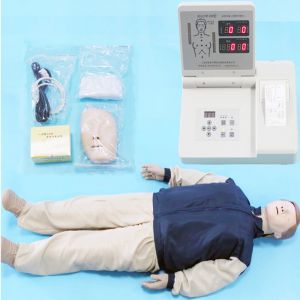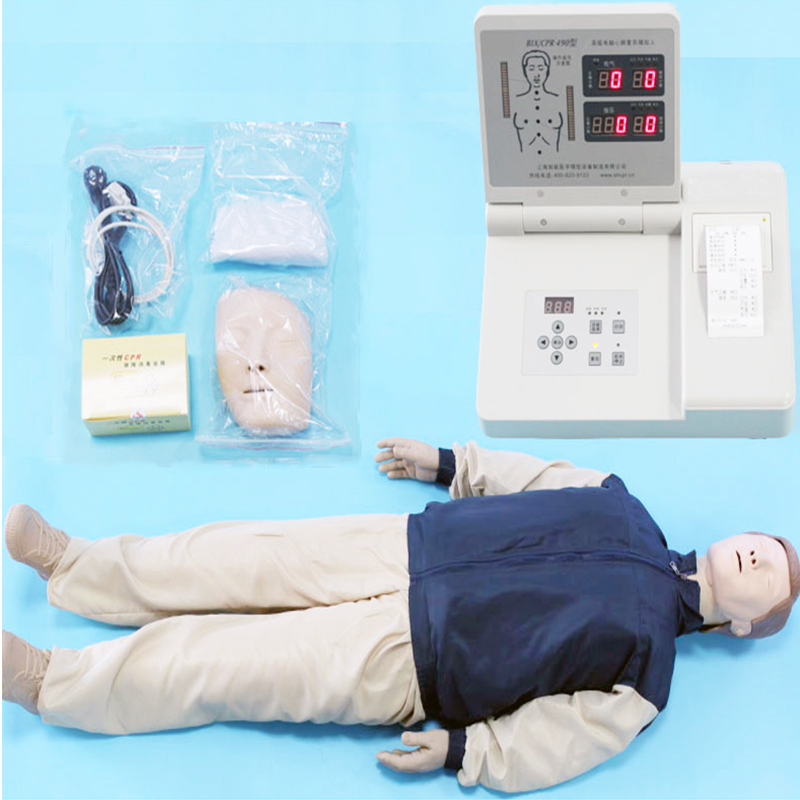ADA MED SUPPLY LIMITED
Phone:+86 19937901373
Tel:+86-0379-65160607
Email:adaanatomy@adaanatomy.com


Advanced cardiopulmonary resuscitation training models play a crucial role in evaluating the effectiveness of training. By providing simulated first aid scenarios and real-time feedback mechanisms, they help trainers improve their CPR skills and accurately evaluate their training results. Here is a detailed explanation of how the advanced cardiopulmonary resuscitation training model evaluates the effects of training:

Simulate the real scene:
Advanced cardiopulmonary resuscitation training models can simulate realistic first aid scenarios, including patients with arrhythmia, respiratory arrest and other emergency situations. This sense of reality allows trainers to feel as if they are there, and to more accurately assess their ability to cope in an emergency.
Real-time feedback mechanism:
The model is equipped with advanced sensors and feedback systems, which can monitor and record the trainer's operation process, time, strength and other key indicators in real time. With immediate feedback, the trainer can know in time whether his operation is correct and whether there are areas for improvement.
Data analysis and evaluation:
The training model can record and analyze a large amount of training data, including key parameters such as operation time, press frequency, press depth, and defibrillation timing. These data can provide trainers with personalized evaluation reports, help them understand their strengths and weaknesses, and make targeted training plans.
Quantitative index evaluation:
Based on clinical guidelines and best practices, the training model can set a series of quantitative measures to evaluate the effectiveness of the training. For example, whether the press frequency reaches 100-120 times/minute, whether the press depth reaches 5-6cm, and whether the defibrillation time is accurate. These quantitative indicators can provide clear goals and references for trainers.
Simulation scenario evaluation:
In addition to the basic operational evaluation, the training model can also simulate a variety of complex emergency scenarios, such as patients with other illnesses, environmental constraints, etc. In these scenarios, trainers need to use a combination of CPR skills and other medical knowledge to assess their ability to cope in complex situations.
Comprehensive evaluation and feedback:
Based on the above evaluation results, the training model can provide comprehensive feedback and suggestions for the trainer. The feedback includes not only technical guidance, but also suggestions for improving teamwork and communication skills.
In short, the advanced cardiopulmonary resuscitation training model can comprehensively and accurately evaluate the cardiopulmonary resuscitation skill level of trainers and provide them with personalized guidance and suggestions by simulating real scenarios, real-time feedback, data analysis, quantitative index evaluation and simulation scenario evaluation. This evaluation method not only helps to improve the training effect, but also promotes the professional growth and development of the trainer.